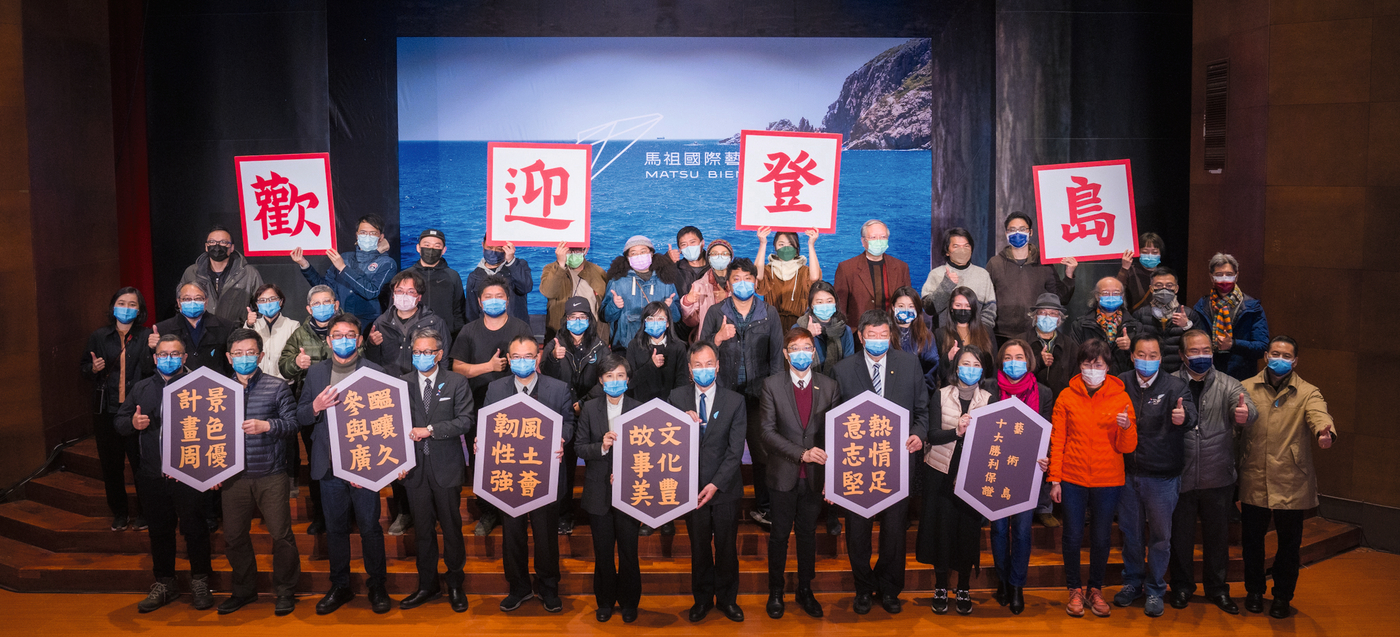![[Translate to English:] [Translate to English:]](/fileadmin/_processed_/7/0/csm_91-03199-2022BC-BK01_ff34b4f4b9.jpg)
Designerprofile

The General Association of Chinese Culture (GACC) was founded in 1967 as a juridical association. Having gone through various stages in its history, it is currently led by Taiwan’s President Tsai Ing-Wen and brings together representatives from the cultural world, enterprises and the government to promote Taiwanese culture. The GACC’s mission is to cultivate Taiwan’s cultural capabilities, connect different cultural fields, create opportunities for cultural diversity, and promote connections between Taiwanese and international culture. The policy of Lienchiang County Government, “Island innovation to worldwide integration”, is one of the political agendas of Liu Cheng-Ying. Under his direction as superintendent, the Matsu Biennial is implemented through the preservation of local cultural work and in the form of a transformation of former war sites.
Red Dot: Why did you become designers?
The General Association of Chinese Culture (GACC) / Lienchiang County Government: We have always closely followed cultural trends in Taiwan and the world, in hopes that through advocacy of “soft” cultural activities and social design actions we can make it possible for Taiwan’s culture to shine on the world stage and for the world to get to know Taiwan’s diversified culture.
What does design mean to you?
Through novel and interesting approaches, showing the crux of issues and inviting everyone to work together to overcome difficulties.
What makes your work unique?
Through the arts festival format, the stereotypical image of Matsu Island as the front line of war is overcome and the ideals of opposition to war and respect for peace are conveyed. Through the arts, we work with local people to undertake collective creative approaches to reclaim the unique characteristics of their own culture.
Was your award-winning work inspired by current social issues?
The Ukraine-Russia war. Matsu was one of the most heavily fortified islands on earth in the past. We hope to reshape the image of Matsu through arts activities, to retell the stories of Matsu, and to actively preserve the unique culture that is steadily disappearing. Even more, we hope that Matsu will not be seen as a strategic military position, but instead as the front line of democracy and freedom where there are great creative power and cultural stories.
Please describe the concept of creativity against the background of your award-winning work.
The whole world is facing the problem that mainstream cultures and languages, driven by the tides of globalisation, dominate and invade everywhere, causing each country’s native, indigenous culture to be swept away. We work through partnership relations with diverse and sustainable designs to enable local cultural heritage and artistic creation to become links in the chain of education. We encourage mother tongue culture and through design and artistic works advocate on behalf of sustainable oceans. Given the current climate and ecosystem, we reflect on maritime cultures, environmental thinking and the way of life on islands in the sea, promoting a more sustainable model of economic development and inspiring people to feel a sense of responsibility for and passion about this piece of land.

“We invite to brew the islands’ transformation by visiting Matsu.”